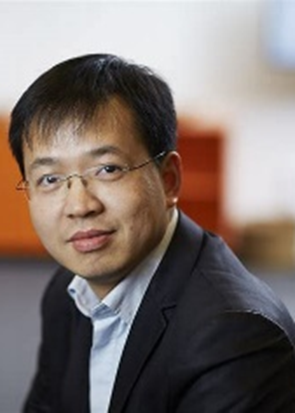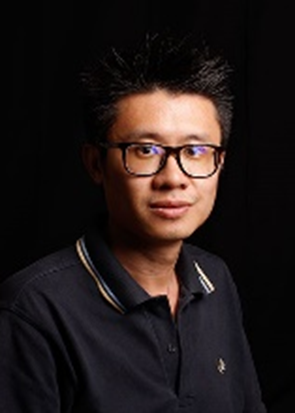報(bào)告時(shí)間:10月21日14:30
講座地點(diǎn):南校區(qū)會(huì)議中心112會(huì)議室
舉辦單位:網(wǎng)絡(luò)與信息安全學(xué)院
報(bào)告1:泛在算力網(wǎng)絡(luò)
講座人介紹:
張彥�,現(xiàn)任挪威奧斯陸大學(xué)信息工程學(xué)院教授�,IEEE Fellow, IET Fellow。 入選歐洲科學(xué)院院士��,挪威皇家科學(xué)院院士����,挪威工程院院士�,2018-2022連續(xù)五年全球“高被引科學(xué)家”�����,近期主要研究方向?yàn)樾乱淮鸁o(wú)線通信網(wǎng)絡(luò)和智能安全物聯(lián)網(wǎng)����。在相關(guān)領(lǐng)域研究成果被引用40000+次,H因子為105?�,F(xiàn)任多個(gè)IEEE Transactions/Magazine期刊編委�,包括IEEE TWC, TII, TVT, TSUSC, TGCN,TNSE, NETWORK, IoT, VTM及Systems Journal。并現(xiàn)任國(guó)內(nèi)多個(gè)核心期刊編委���,包括中國(guó)通信�,計(jì)算機(jī)科學(xué)�����,物聯(lián)網(wǎng)學(xué)報(bào),網(wǎng)絡(luò)與信息安全學(xué)報(bào)�����,及數(shù)字通信與網(wǎng)絡(luò)。

講座內(nèi)容:
首先介紹泛在算力網(wǎng)絡(luò)的概念和模型�����。然后定義并解決泛在算力網(wǎng)絡(luò)中新穎獨(dú)特的科學(xué)研究問(wèn)題,如算力資源的優(yōu)化分配和動(dòng)態(tài)共享�,算力協(xié)作和集群機(jī)制。
報(bào)告2:Stacked Intelligent Metasurfaces Enabled Joint Computing and Communication in the Wave Domain
講座人介紹:
ChauYuen��,現(xiàn)任新加坡南洋理工大學(xué)電子工程學(xué)院副教授����,IEEE Fellow, AAIAFellow,IEEE車輛技術(shù)協(xié)會(huì)杰出講師、斯坦福大學(xué)排名前2%的科學(xué)家及全球“高被引科學(xué)家”����。在相關(guān)領(lǐng)域發(fā)表了500多篇國(guó)際期刊或會(huì)議論文,研究成果被引用32000+次���。曾榮獲IEEE通信學(xué)會(huì)Fred W. Ellersick獎(jiǎng)(2023年)、IEEE Marconi無(wú)線通信獎(jiǎng)?wù)撐莫?jiǎng)(2021年)以及EURASIP無(wú)線通信與網(wǎng)絡(luò)雜志最佳論文獎(jiǎng)(2021年)���。曾獲得李光耀金獎(jiǎng)�、電氣工程師學(xué)會(huì)圖書獎(jiǎng)��、新加坡工程學(xué)院金獎(jiǎng)、默克夏普和多姆金獎(jiǎng)����,并兩次獲得惠普獎(jiǎng)。 他于2012年獲得IEEE亞太杰出青年研究員獎(jiǎng)��,并于2019年獲得IEEE VTS新加坡分會(huì)杰出服務(wù)獎(jiǎng)?����,F(xiàn)擔(dān)任現(xiàn)任多個(gè)IEEE Transactions/Magazine期刊編委及國(guó)內(nèi)多個(gè)核心期刊編委��。

講座內(nèi)容:
Inthis talk. We propose a new wave-based computing architecture called stacked intelligent metasurfaces (SIM) to enable joint computing and communication in electro-magnetic (EM) domain. An SIM is fabricated by stacking an array of programmable metasurface layers, where each layer consists of many low-cost passive meta-atoms that can individually manipulate EM waves. By appropriately configuring the passive meta-atoms, an SIM can automatically accomplish advanced computation tasks as the EM wave propagates through it, while reducing both the energy consumption and processing delay. In this talk, we will illustrate the application of SIM in multiple-input multiple-output (MIMO) and multi-user MIMO wireless communications.





 陜公網(wǎng)安備61019002002681號(hào)
陜公網(wǎng)安備61019002002681號(hào)